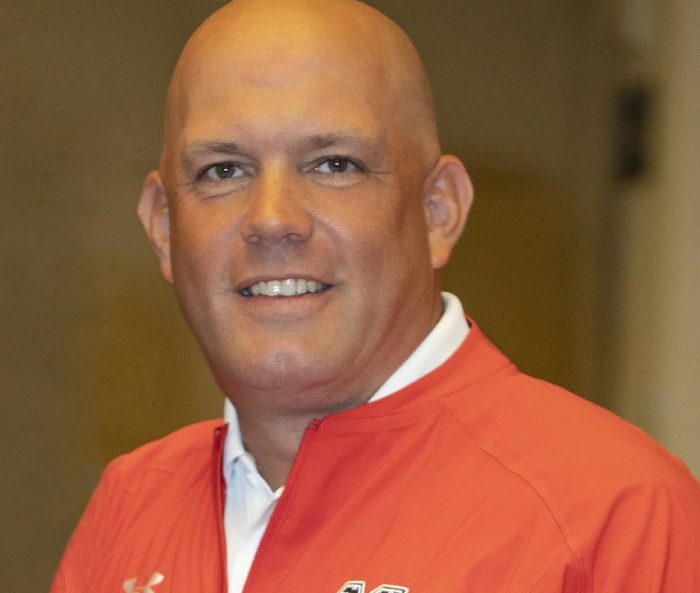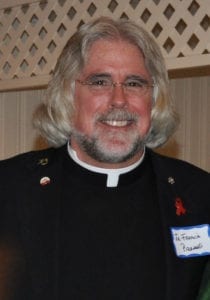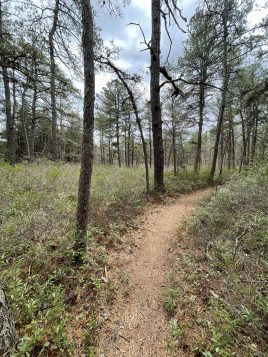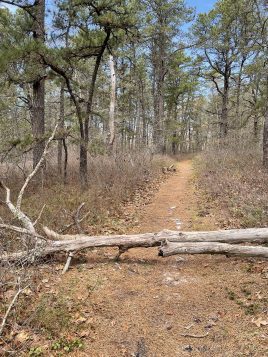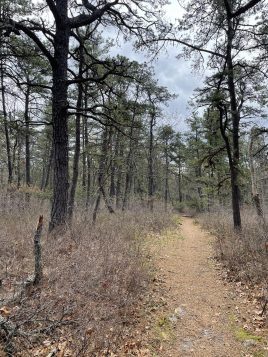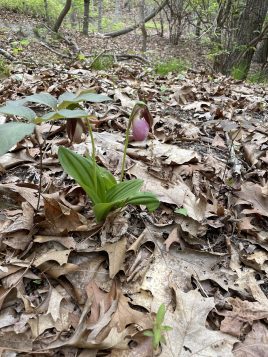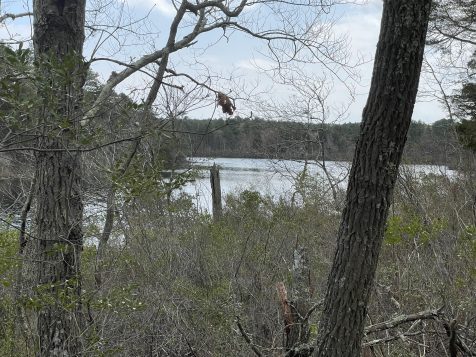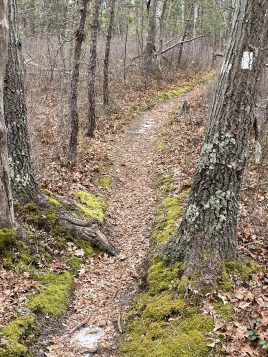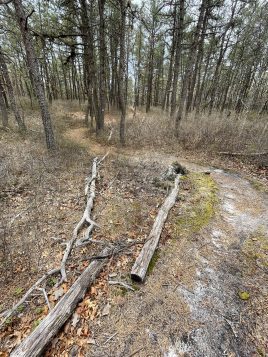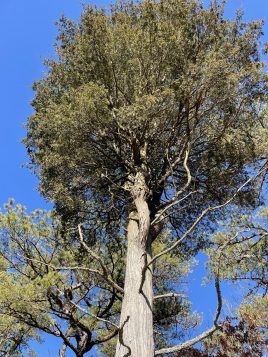PROGRAMS
Crafternoon at the Library
Children ages 3 to 12 are invited to drop by Emma Clark Library, 120 Main St., Setauket on May 27 between 1:30 and 3:30 p.m. to make a patriotic owl ornament. Free and open to all. No registration required. Questions? Call 631-941-4080.
Superheroes of the Sky
Sweetbriar Nature Center, 62 Eckernkamp Drive, Smithtown presents Superheroes of the Sky on May 27 from 11 a.m. to noon. Take a walking tour with Jim while he feeds the Center’s Birds of Prey and tells you about their incredible adaptations that help them survive in the wild. You’ll be seeing and learning about bald eagles, turkey vultures, owls, hawks and many more. Fee is $10 per adult, $5 per child age 11 and under. To register, visit www.sweetbriarnc.org.
Open Play at the Explorium
Join the Long Island Explorium, 101 East Broadway, Port Jefferson for Open Play on May 27, 28 and 29 from 1 to 5 p.m. with hands-on activities, crafts, and more. Admission is $5 per person, Long Island Explorium members and children under 1 are free. Call 631-331-3277 for further details.
Code Breakers
Head over to the Whaling Museum, 301 Main St., Cold Spring Harbor this week for a game of Code Breakers during gallery hours Thursday to Sunday from 11 a.m, to 4 p.m. Uncover the secrets of maritime communication in this self-guided adventure. Hunt for hidden messages around the museum and decode clues left by mariners, using Morse Code, semaphore, and signal flags. Complete your trail by decorating your own personal flag to take home. For ages 6 and up. Admission fee plus $10. Call 631-367-3418.
THEATER
‘Cinderella’
Theatre Three, 412 Main St., Port Jefferson closes its children’s theatre season with its original retelling of the poor waif Cinderella from May 27 to June 17 with a sensory sensitive performance on June 4 at 11 a.m. The classic love story finds its power in a pumpkin, a palace, a prince and a young girl whose belief in herself can overcome any obstacle. When her Fairy Godmother adds a dash of excitement, the magical possibilities are endless. Don’t miss this musical enchantment for the entire family. All seats are $10. To order, call 631-928-9100 or visit www.theatrethree.com.com.
‘Flat Stanley’
John W. Engeman Theater, 250 Main St., Northport presents The Musical Adventures of Flat Stanley from May 28 to July 2 with a sensory friendly performance on June 10 at 11 a.m. Stanley Lambchop is an ordinary ten-year-old who longs to travel the world and do something amazing! Careful what you wish for, Stanley! One morning, Stanley wakes up really, REALLY flat! In a whirlwind musical travelogue, Stanley scours the globe for a solution to his unusual problem. He’s stamped, posted and mailed from Hollywood to Honolulu and beyond hoping to once again become three dimensional. All seats are $20. To order, call 631-261-2900 or visit www.engemantheater.com.
FILM
‘The Muppets Take Manhattan’
Cinema Arts Centre, 423 Park Ave., Huntington continues its Cinema for Kids! series with a screening of The Muppets Take Manhattan on May 28 at noon. When Kermit the Frog and friends start a stage act, they decide to take the show from their college town to Broadway. Rated G. Tickets are $12, $5 children 12 and under. Visit www.cinemaartscentre.org.
‘We Are Guardians’
The Suffolk County Vanderbilt Museum’s Reichert Planetarium, 180 Little Neck Road, Centerport has just premiered a new show, We Are Guardians. Audiences take a journey into, under, and around the many ecosystems across our planet and discover how each component fits together, and how the health of each part is vital to the health of Planet Earth. Find out how, with the help of satellites and scientific study, we can understand the links between human activities and climate change, and what we can do to work together to improve the health of our shared home. For ages 8 and up. For tickets and more information, visit www.vanderbiltmuseum.org.



